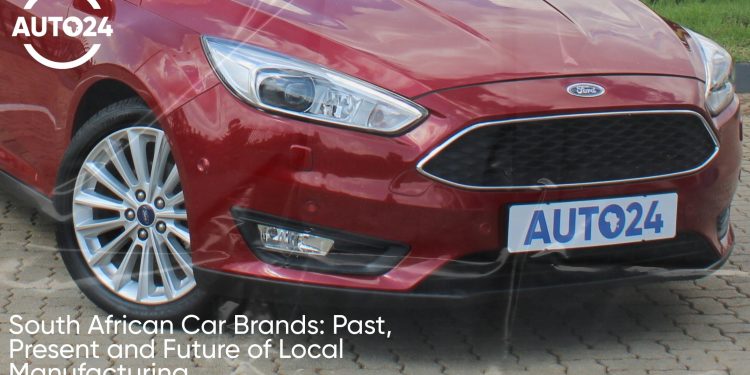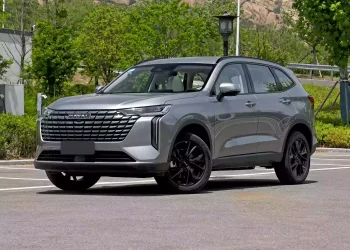For over a century, South Africa has developed a distinctive automotive identity. From hosting some of the earliest global manufacturers on the African continent to exporting cutting-edge vehicles around the world, the country’s car industry has proven resilient, adaptive, and full of promise.
This article explores the evolution of local automotive manufacturing – where it started, how it currently operates, and where it’s heading as the world shifts toward electric and sustainable mobility.
The Past: Early Foundations and Policy Milestones
A Century of Assembly and Innovation
The first Ford Model T rolled off a South African assembly line in 1924, and by the 1950s and 60s, brands like Volkswagen and Mercedes-Benz had established local operations. South Africa quickly became a critical hub for right-hand drive production in the Southern Hemisphere.
Government Intervention and Support
Policies such as the Motor Industry Development Programme (MIDP) in 1995 and later the Automotive Production and Development Programme (APDP) provided structure and incentives for local manufacturers, boosting both assembly volumes and export opportunities.
The Present: Local Manufacturing in a Competitive Global Market
Industry Contribution and Scale
South Africa’s auto sector currently contributes over 5% to the country’s GDP and supports more than 100,000 direct jobs. Major plants in Pretoria, Uitenhage, East London, and Durban produce models like the Toyota Hilux, VW Polo, and Ford Ranger – many of which are exported abroad.
Local and Global Integration
Brands like Toyota, Ford, BMW, and Mercedes-Benz operate integrated production lines. Vehicles manufactured in South Africa are exported to over 150 countries, underlining the global competitiveness of local production.
Components and Supply Chains
Over 500 component manufacturers form part of the ecosystem, supplying not just local demand but also feeding global production lines. The industry remains a critical driver of industrialisation and trade.
The Future: South Africa’s Electric and Sustainable Pivot
Investing in Electric Vehicle (EV) Transition
With global automotive markets moving toward electrification, South Africa has begun positioning itself as a future EV manufacturing base. The government has earmarked R1 billion in incentives to support this transition.
Ford and Mercedes-Benz have already signaled investments toward hybrid and electric models, and the shift could attract further foreign direct investment.
Policy Enhancements to Encourage Green Production
Updates to the APDP now include incentives for new energy vehicles (NEVs). These updates aim to align South African production with international environmental targets while maintaining job security.
Opportunities and Roadblocks
While the future looks promising, challenges persist:
- Energy supply constraints and load-shedding
- The need for widespread EV charging infrastructure
- Ensuring local workforce training keeps up with changing technologies
Conclusion: Resilience Meets Reinvention
South Africa’s automotive sector is built on a strong foundation of global collaboration and local innovation. As it embraces sustainability and electrification, it has the chance to redefine its place in the world’s auto economy.
By honoring its history and driving forward with bold investments, South Africa remains a country to watch in the evolution of modern vehicle manufacturing.





